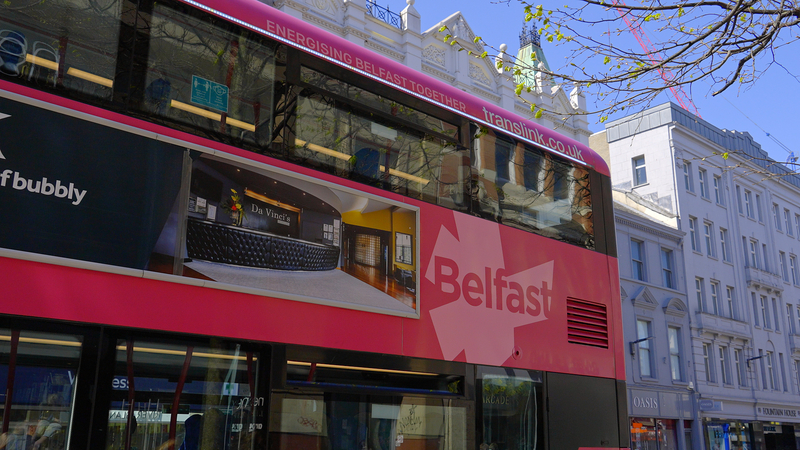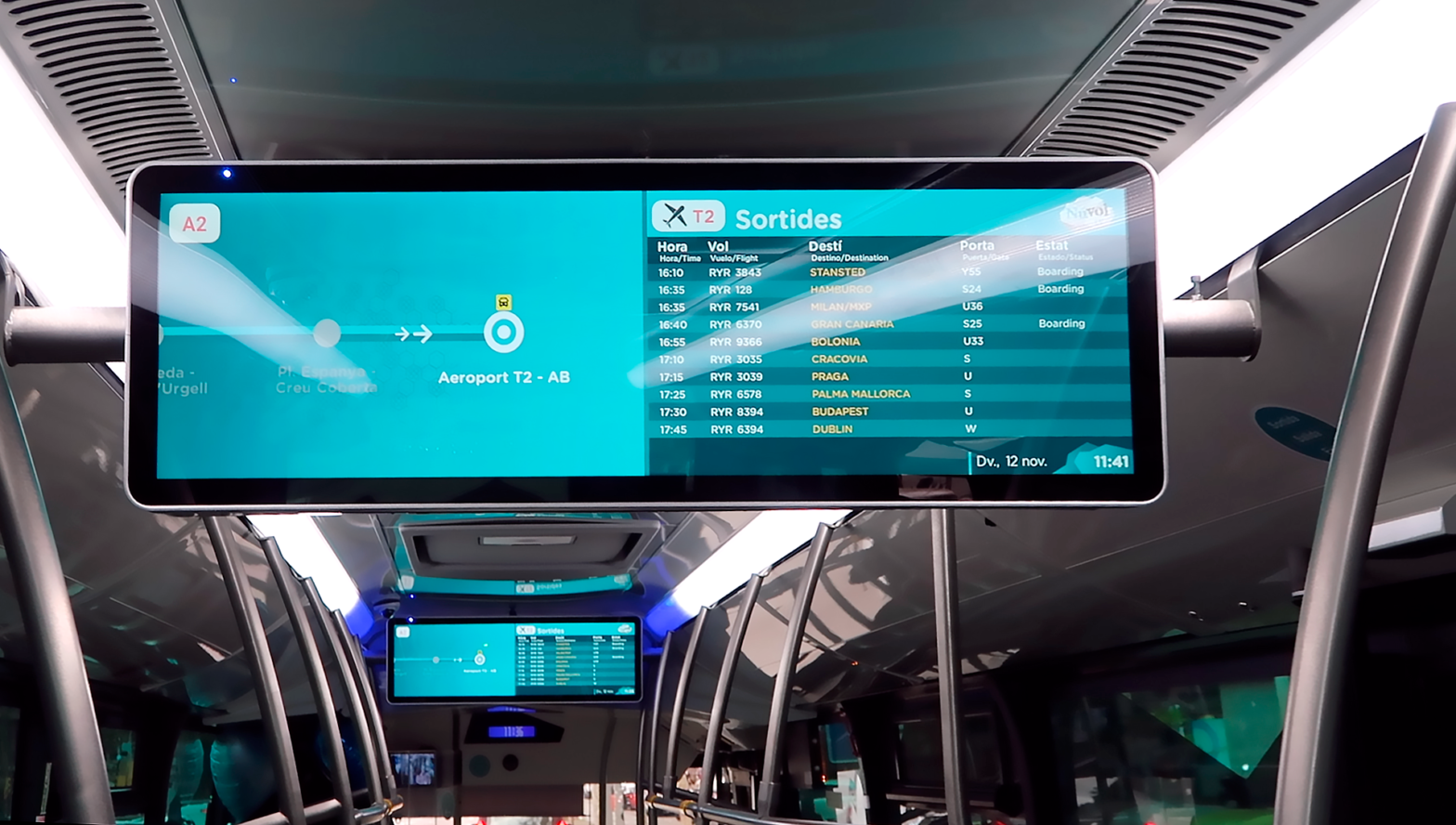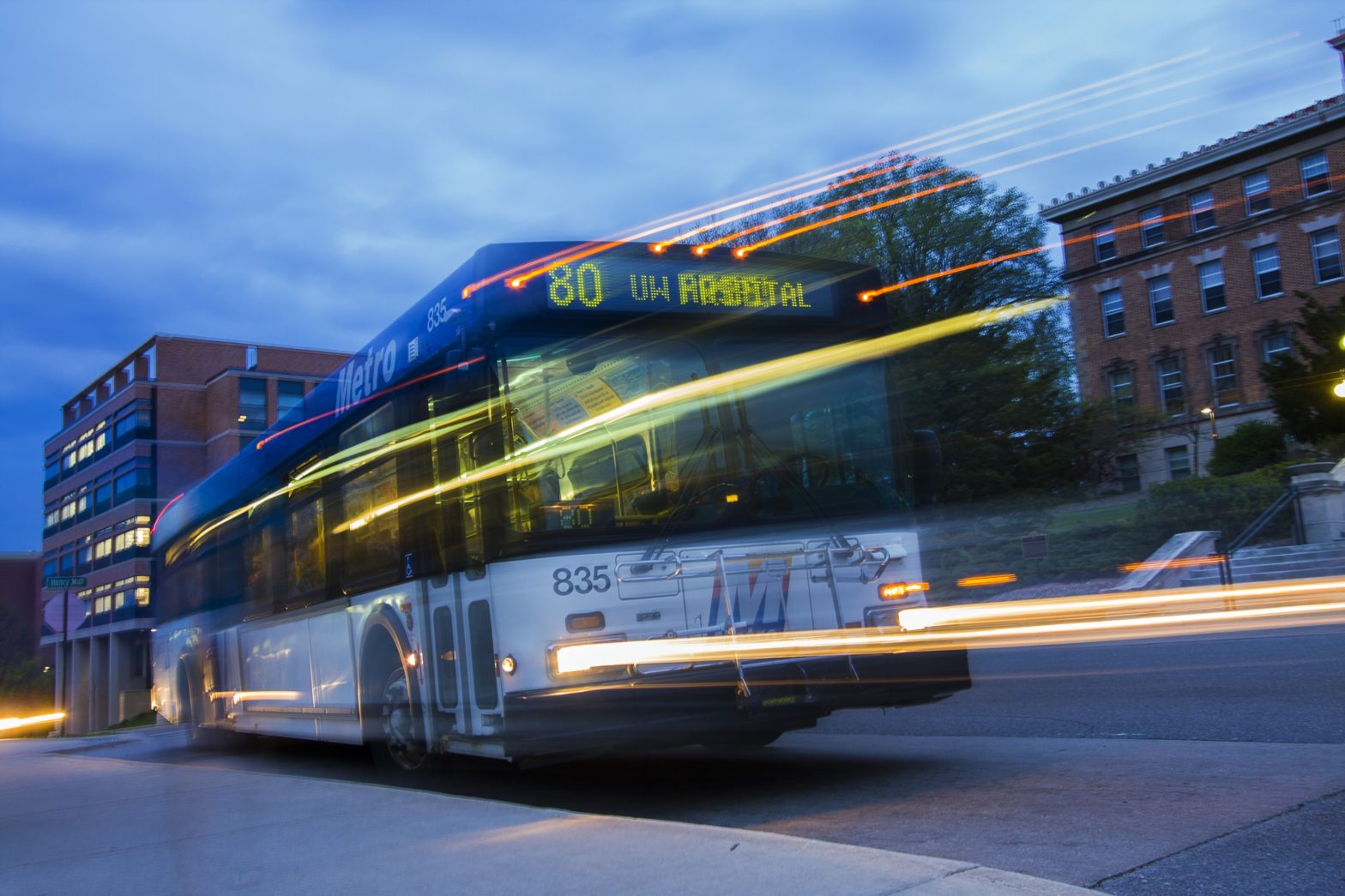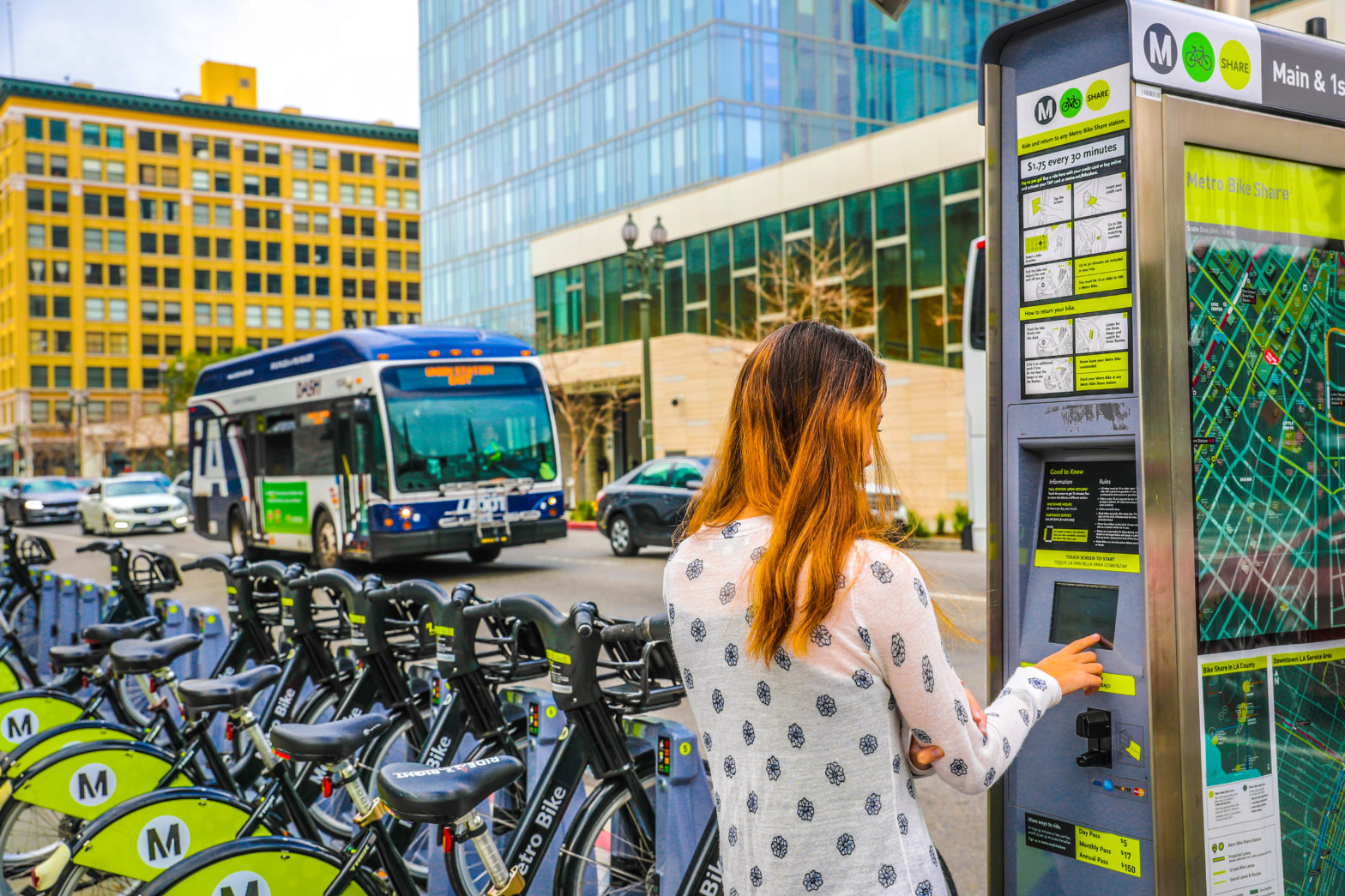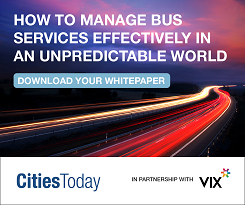
Photo: Photo 290012282 © Abdul Moizjaangda | Dreamstime.com
What does 2024 hold for Intelligent Transportation Systems?
08 January 2024
We asked transport leaders from cities, industry, and associations about their predictions for public transit and how they think Intelligent Transportation Systems (ITS) will evolve over the next 12 months.
Political uncertainty
This year over half of the world’s population will take part in elections with over 6o countries set to vote including the US, the UK, India, Mexico, Pakistan, the EU and South Africa. Elections and political uncertainty can create particular challenges for transport systems.

They can impact funding, create confusion with policy reversals (as projects are delayed or cancelled) and can even reduce workforce morale and stability.
“Elections tend to result in a slowdown of spending prior to them,” explains David Maitland, CEO of Vix Technology. “For a lot of us who work in this industry, the inconsistency of the current UK government has caused us difficulties. In the US, it’s been very helpful because we’ve had a very consistent view for several years but with elections looming that could change quite quickly.”
Funding and the economy
Several challenges are facing transit agencies looking to adopt ITS services, none more so than budgetary concerns and the state of the national economy and the capacity to spend much needed dollars on public transit.
“The number one challenge is high implementation costs and funding challenges,” says Paul Skoutelas, President and CEO of the American Public Transportation Association (APTA). “While [the US] Bipartisan Infrastructure Law is helping bring much-needed modernisation to our industry, some transit agencies continue to face financial difficulties in areas where ridership and fare revenue remain below pandemic levels.”
Suppliers will have less cash for investment which will reduce growth. The past year has featured some high-profile bankruptcies of ITS companies which will cause consolidation, meaning less innovation.
“There will be far less money floating around for operating expenses,” says Maitland. “In some of these cities it’s very, very tight. Operating budgets in some European and US cities are being reduced by 25 percent which of course makes it very difficult to operate, which means much tighter discretionary spending.”
Greater use of technology
Despite this, better utilisation of existing technologies and artificial intelligence (AI) will play a bigger role as budgets become squeezed leading to more efficient services from the expansion of Mobility-as-a-Service (MaaS).

“Public transportation will continue to see the evolution of mobility and software as a service, enabling customers to move across modes (train, bus, bike, scooter) with easier ticketing and better information for the whole trip,” explains David Krutsinger, Transit Director, City & County of Denver.
MaaS, open loop payment systems, contactless payment and mobile ticketing, and the adoption of EVs and autonomous or semi-autonomous vehicles are expected to grow.
“In the current post pandemic environment, where riders’ travel patterns, priorities, and preferences have changed, transit agencies are also exploring how best to leverage big data analytics to optimise routes, enhance scheduling, and improve efficiency,” adds Skoutelas. “It’s all part of the emphasis on delivering the best customer experience by matching service to riders’ needs.”
One such example is in Edinburgh where the city has invested in a new City Operations Capability (COC) with vastly improved public safety CCTV which also provides data analytics to help inform future decision making.
“Other CEC sensor systems outputs are being made available to the COC which will help build a single version of the truth of what is happening on the city network in real time,” says George Lowder, Chief Executive, Transport for Edinburgh. “This also includes new urban traffic control and traffic management systems that give priority to public transport where that priority is deemed appropriate.”
All of which will enable policies on low-emission zones, circulation plans and bus lanes to be fully implemented.
This is also where AI can play a larger role as one of the key features of an intelligent transport network is the ability to predict what’s going to happen in the future – for example, to inform passengers when the next service is going to arrive. At Vix Technology, the company is starting to use AI to improve the quality of its code: writing test scripts and testing against them.
However, “the opportunities for AI in prediction and performance improvement in transport and city networks is enormous,” reveals Maitland. “Finally, we have viable tools and techniques in AI for managing the exponential variability in a disrupted transport network, and the ability to constrain those variables to such an extent that you can improve the prediction engine.”
Regulation and cooperation
Facing such challenges will require collaboration among government agencies, industry stakeholders, and the public to create a supportive environment for the widespread adoption of ITS in public transport.
“ITS in public transit is often seen as being in a separate silo of activity where public transport systems are not linked in with wider route planning systems, congestion management systems, or congestion charging systems or the other ITS systems that exist across the whole city environment,” says Maitland.

In Edinburgh, Lowder reveals that apart from funding, this is “closely followed by legislation to have sufficient enforcement powers”.
And in Denver, traffic signal priority (TSP) continues to experience barriers to implementation across many municipalities in the same region. Yet, the Denver Regional Council of Governments (DRCOG) and the Regional Transportation District (RTD) are jointly leading an effort in the Denver region to overcome these barriers and incentivise technology cooperation.
Maitland believes that the more innovative agencies, cities and companies will start to look at how they can partner effectively with other city services to create greater efficiencies and a different dynamic.
“It is quite often the case that the traffic light management system is not connected to the public transport system, except insofar as the bus can change traffic light priority,” he says. “As you start putting those together, you could start to get real efficiencies. Imagine being able to route a bus to avoid congestion so the bus can operate more efficiently. That would be a great opportunity not just to reduce public transport costs but also to improve the service offered in the city – so increasing economic activity.”
The role of the private sector
Vendors can play a crucial role in helping transit agencies adopt ITS strategies for their communities. First, they can help secure funding by collaborating to promote public education and awareness programmes.

“Vendors are also the best source of customisable solutions for transit agencies,” says APTA’s Skoutelas. “This can be a tremendous help in determining how best to prioritise interoperability standards, implement data privacy measures, and provide cost-benefit analyses.”
He adds that accelerating greater adoption of ITS will require the public transit industry and the business community to work together in designing user-friendly interfaces, ensuring collaborative support, and initiating more pilot programmes.
Greater equity
Equity challenges still persist for people who do not have a mobile phone or a bank account. In Denver, Krutsinger says that the public transport customer base still has a significant population of people who aren’t boarding buses using credit cards or phone-based e-payment systems.
“In the Denver region, RTD has significantly discounted fares to make monthly passes more affordable and remove ‘fare zones’ to simplify travel,” he says. “This should allow un-banked and un-phoned persons to travel more often without limitations.”
It is equally a challenge for the private sector. Maitland believes there will be a move to enable people with disabilities to access transport more easily.
Skoutelas says APTA’s own research has shown that efficient public transport that is accessible to all contributes to a more economically equitable, vibrant, and sustainable community.
“As transit systems become more connected, implementing ITS is an essential commitment to a smarter, seamless future,” he says. “A future where public transportation becomes the heartbeat of progress with ITS helping to reduce congestion-related costs, enhance workforce productivity, and attract businesses and investments.”
Brought to you in partnership with:




